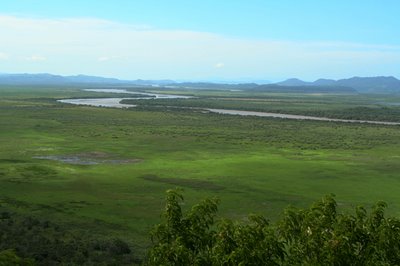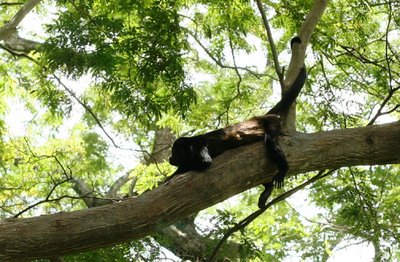Palo Verde
In the northern province of Guanacaste, the Palo Verde Biological Station sits just above an extensive marsh. The Tempisque river runs through the marsh and low mountains border all sides. We were warned of intolerable heat and mosquitos in this tropical dry forest, but I found neither particularly bothersome (at the time our of our visit, much of the US including DC was suffering an intense heatwave: I think we were much more comfortable than our friends back home). I was delighted by this station, perhaps because of the familiar dryness to my home state of New Mexico, but moreso because of its remoteness and extensive natural vistas.
We were joined at Palo Verde by Xavier Basurto, a social scientist working on conservation from the University of Arizona. Xavier works on community-based management of natural resources, an approach that I find both practical and heartening. I was so inspired by his description of the theory and framework for successful community management of common pool resources that I commondeered another student, Michelle, to work with me on an independant project to apply the principals to water management issues in the Tempisque River Basin. While the scope of our project was too small to allow a thorough examination of the the issues, it was a valuable excercise and one that I hope to pursue in other venues, both because of the importance of fresh water as an increasingly scarce resource and because of the justice and practicality I sense in the community managment approach.
On a walk to the river one day, we came across a troupe of howler monkeys lazily eating fruit from the trees over our heads. Here's one sunning himself, letting mango digest.
Labels: Ecoinformatics, Healthy Planet




0 Comments:
Post a Comment Hide comments